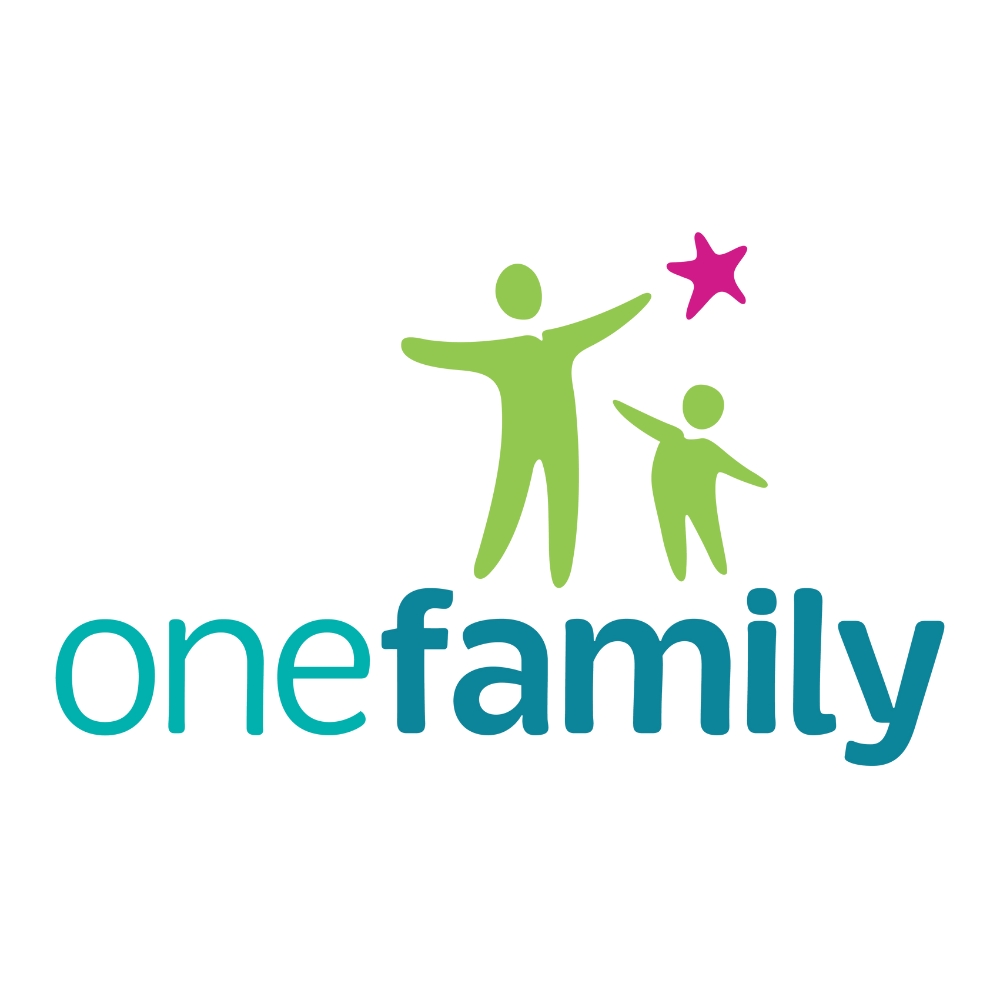Lone Parents at Increased Risk of Poverty
A report from the Department of Children and Youth Affairs states that lone parents are at increased risk of poverty. The report draws from existing data and literature to provide an understanding of what we know about the situation of children living in poverty. It also identifies the main risk factors for experiencing child poverty that can be used to inform future policy developments. A summary of the key findings in relation to one-parent families is outlined below.
Key Findings
- In 2018, 26.7 per cent of children are at risk of living at or below the 70% poverty line, 15.8 per cent of children are at risk of living at or below the 60% poverty line and 7.4 per cent of children are at risk of living in deep poverty – at or below the 50% poverty line.
- Children living in households headed by a lone parent have substantially higher levels of poverty than children living in other family structures.
- Level of education and employment status play a significant role, and studies have shown that lone parents are less likely to hold higher education degrees and also experience higher levels of unemployment. This has a compounding effect that puts lone parents and their children at greater risk of experiencing poverty and deprivation.
- Access to childcare services also plays a role, as households with children that do not make use of childcare services show higher than average rates of child poverty compared to households with children that use childcare.
- Lone parent households are four times as likely to experience income poverty than coupled households.
- Lone parent households are five times as likely to experience material deprivation and consistent poverty.
- Lone parent households are more likely to experience financial exclusion. They are less likely to hold a bank account or have savings and have limited access to low-cost sources of credit.
- The ‘Growing up in Ireland’ study found that levels of economic vulnerability were highest among lone parent families (and higher again for those with two or more children), primary caregivers under the age of 25 when the study child was born, and among primary caregivers with low levels of education.
As we can see, living in a household headed by a lone parent clearly influences the likelihood of a child experiencing poverty, particularly where the parent also has a lower level of education or a lack of reliable employment. This should not be the case, and these dynamics require more attention in the Irish context in terms of both policy and research.
Policy and Service Implications
While poverty among children has shown modest improvement since 2011, the current level of child poverty in society is unacceptable.
Some policy implications outlined in the report include:
- Specific policy actions are urgently required to address child poverty and the variation in poverty risk across age-groups of children in Ireland. The findings presented here suggest that policy measures that were taken to reduce child poverty among very young children (0-5) were successful. This same commitment needs to be extended to all age groups of children and across all domains of children’s lives.
- While socio-economic status and the employment situation of families has attracted considerable attention in policy and research circles, greater attention must be paid in the Irish context to how child poverty impacts one-parent families and how it operates along migration, minority ethnic, or racial lines.
- The employment situation of the household and the education level of the parent or caregiver continue to be strong indicators of child poverty. There is need for policy development in the areas of labour market activation, and in-work benefits to determine their effectiveness in reducing child poverty. Research cautions that a work-first approach that seeks to alleviate poverty by moving people off welfare and into work as quickly as possible ignores the critical role that high-quality education and training play in achieving self-sufficiency, especially for the most vulnerable populations. Thus, room for educational development and training opportunities is essential in any welfare to work strategy.
- There is a clear need to enhance access to affordable all-day childcare, particularly for low-income families.
- It is well established that several policy mechanisms are required to produce a reduction in child poverty, involving policy that spans a range of Government Departments. A multidimensional approach to the reduction of child poverty will require continuing emphasis on a cross-departmental approach among departments that support public policies for families and children
The full report, Income, Poverty and Deprivation among Children – A Statistical Baseline Analysis, can be found here: https://www.gov.ie/en/publication/a1580-income-poverty-and-deprivation-among-children-a-statistical-baseline-analysis-july-2020/



